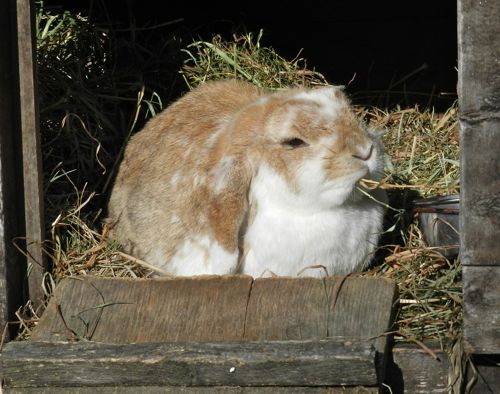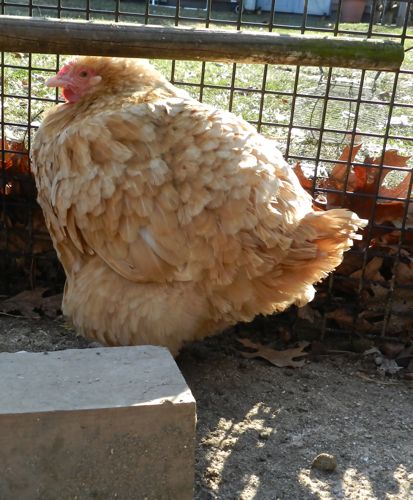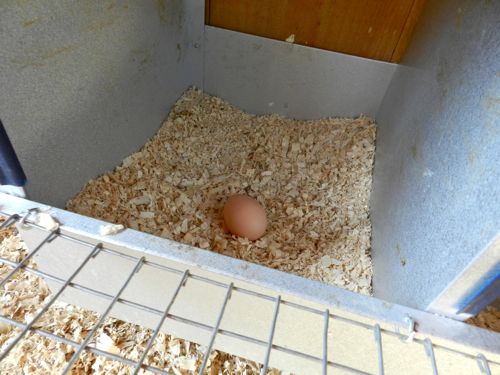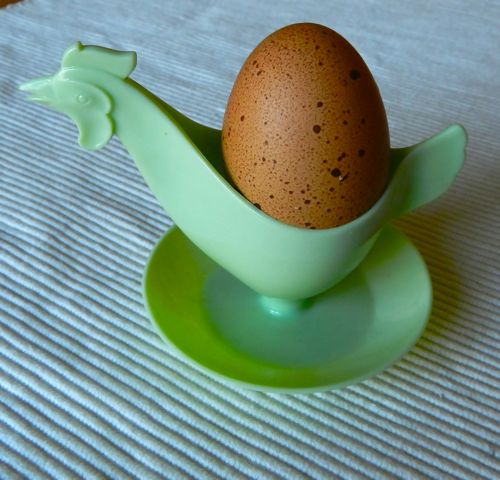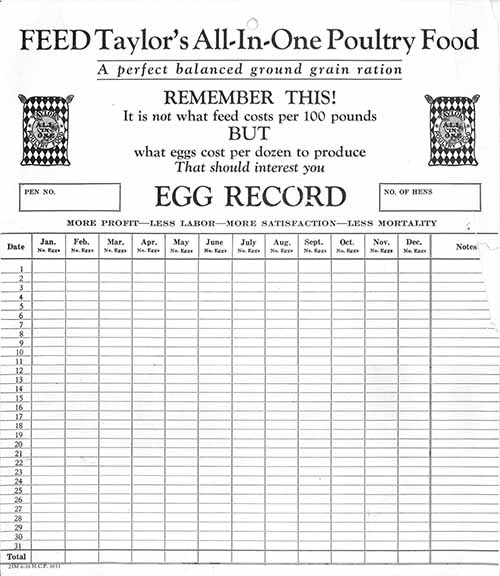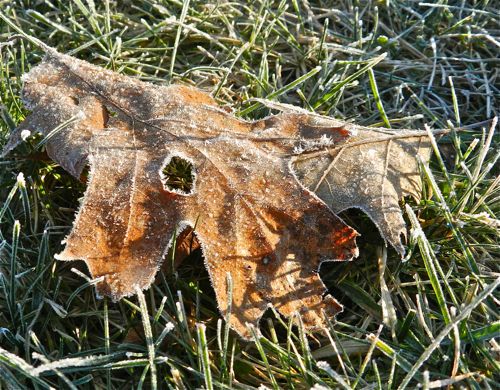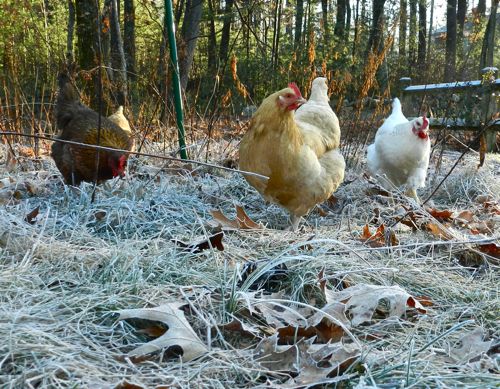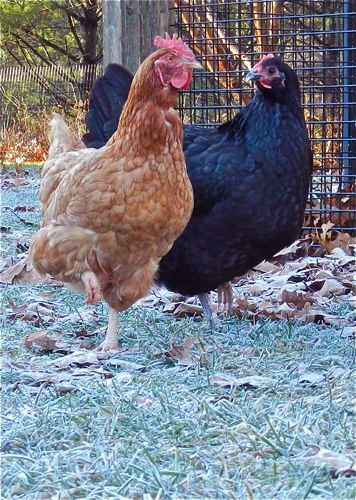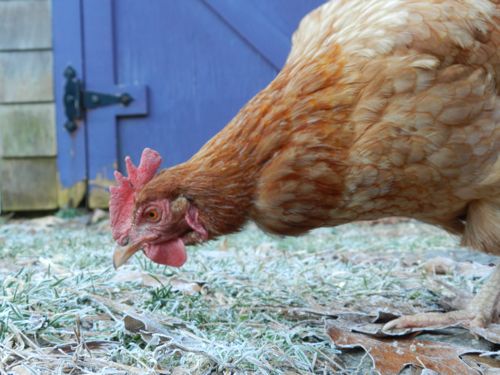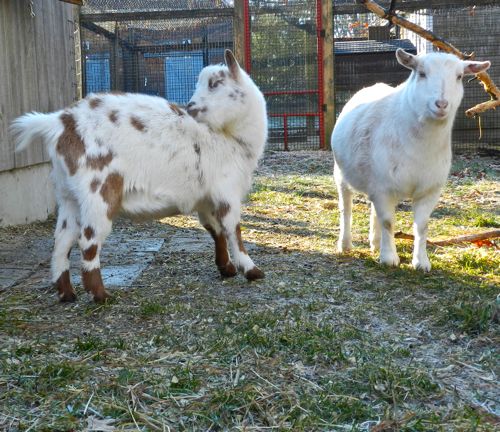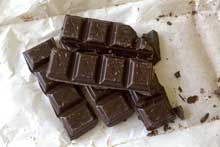The thermometer read 8º F this morning. Bitter cold, but the air was still and the sun was out, so I knew that the animals could handle it just fine. I have to laugh when I read posts by people who say that their animals are “suffering” in winter weather. Their solutions – keeping the critters indoors, providing heat, and blanketing, often do more harm than good. Candy, for one, knows how to not only ride out the cold but to enjoy it. For her it’s an excuse to eat more and sunbathe at the top of her ramp.
Yesterday at dusk, with the temperature dropping rapidly, she tried to get the goats to play by running back and forth along their fence line. Not exactly the behavior of a suffering rabbit. Actually, she’s happier this time of year than in the hot doldrums of August.
The chickens find a sunny spot, fluff up and take it easy. Look at how huge Buffy looks!
During extreme cold the hens might stop laying. So far, that hasn’t happened here.
But, what can happen is that the eggs, left in the nesting box, freeze and then crack. Cracked eggs should never be eaten. The shell is the first line of defense (among many) that protect eggs from germs. So, I go out and check for eggs several times during the day. I wouldn’t want an egg this pretty to go to waste.
This was laid by Jasper, the Welsummer. She’s supposed to lay dark brown eggs, but this, I believe, is her first and the pigment was laid on spotted instead of even. It’s so special, I’ll be saving it. I have the niftiest tool for blowing out eggs that makes only one small hole in the shell. There’s a market for blown out and washed eggs. I’ve sold some to crafters and some at the farmer’s market. But this one is a keeper.
